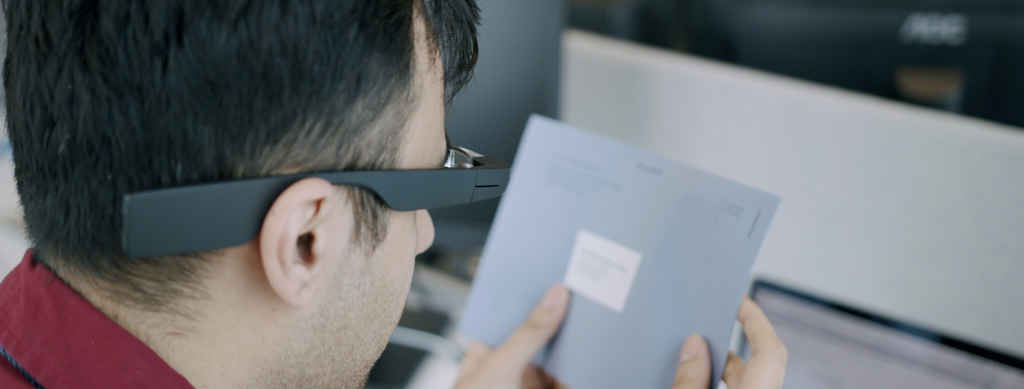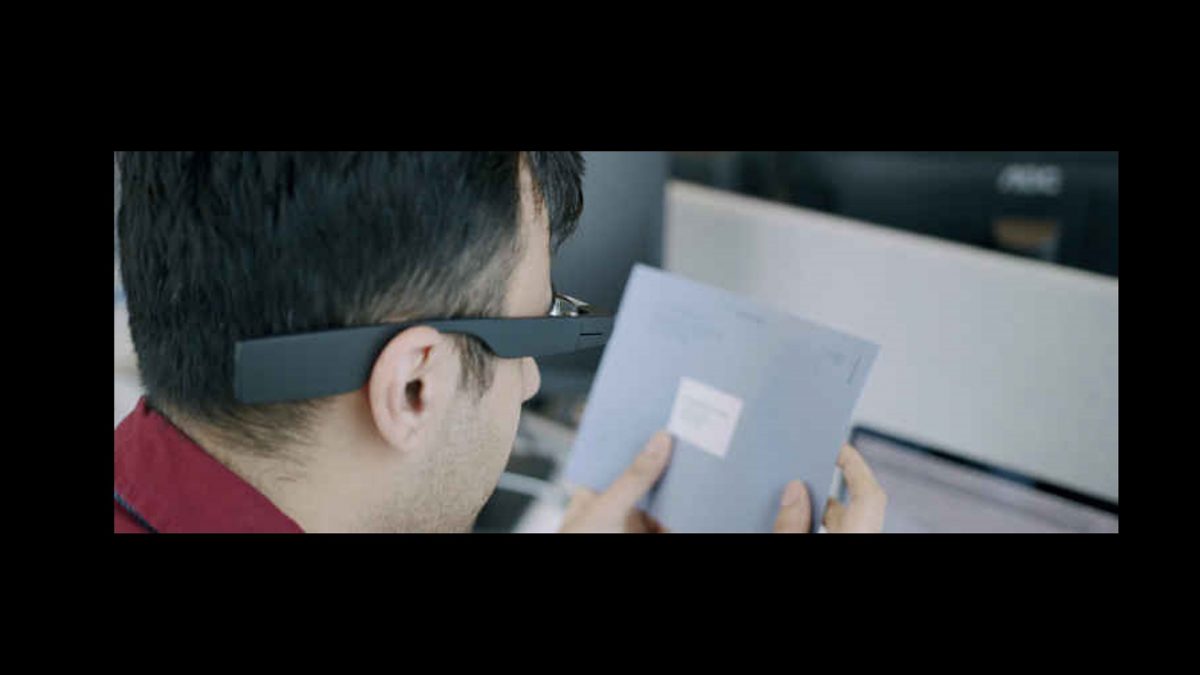Speech-to-Text Devices for Low Vision Users: Enhancing Communication and Productivity
Speech-to-Text Devices for Low Vision Users: Enhancing Communication and Productivity
Blog Article
Enhancing Accessibility With Assistive Innovation for the Blind
The integration of assistive technology for the blind stands for a pivotal advancement in access, fundamentally modifying how people navigate their environments and involve with culture. As we check out the varied types of assistive gadgets and their tangible effects on day-to-day living, it becomes vital to examine exactly how recurring technological improvements are reshaping the landscape of assistance for the blind community.
Introduction of Assistive Technology
Assistive innovation describes a variety of tools and software created to boost the capabilities of people with disabilities, including those who are aesthetically damaged or blind. This technology plays a critical role in promoting independence and boosting the lifestyle for customers. By giving alternative methods for accessing info and performing everyday tasks, assistive innovation equips people to browse their settings better.
The advancement and application of assistive innovation accept a selection of concepts targeted at fostering access. These concepts include user-centered style, which prioritizes the requirements and choices of the person, and the assimilation of modern technology right into daily tasks. Such innovations make certain that assistive tools are not just practical however also user-friendly and easy to utilize.
Moreover, assistive innovation includes a diverse spectrum of services, from low-tech options like magnifiers to high-tech innovations such as display readers and Braille displays. The recurring advancement of this field is driven by the need to resolve the distinct difficulties faced by individuals with visual problems (Wearable technology for low vision). As modern technology proceeds to development, the potential for boosting access and promoting inclusivity remains encouraging, eventually contributing to an extra equitable culture

Kinds of Assistive Instruments
Many sorts of assistive gadgets are available to support individuals who are visually impaired or blind, each designed to attend to details requirements and difficulties. These gadgets can be generally classified right into three major kinds: low-tech, mid-tech, and modern solutions.
Low-tech gadgets include products such as magnifiers, Braille tags, and tactile maps. These are reasonably simple devices that enhance the customer's ability to engage with their setting without requiring complicated technology.
Mid-tech devices typically include advanced attributes, such as electronic magnifiers and mobile Braille note-takers. These devices can provide capabilities like speech outcome, enabling customers to gain access to info a lot more successfully.

Influence On Daily Living
The schedule of different assistive gadgets substantially enhances the quality of life for individuals that are blind or aesthetically impaired, impacting their day-to-day living in extensive methods. By integrating technologies such as display visitors, Braille displays, and audio summary services right into their routines, users get higher freedom and self-reliance. These tools assist in accessibility to information, allowing individuals to carry out daily jobs, such as reading emails, navigating public areas, and enjoying media web content.
Additionally, assistive devices empower people to involve even more fully in social read here communications and neighborhood tasks. The capacity to make use of mobile phones equipped with accessibility functions permits seamless interaction and connection with others. This connectivity cultivates a sense of belonging and minimizes sensations of isolation.
In specialist settings, assistive modern technology supports efficiency by permitting individuals to total work jobs efficiently. Tools like voice acknowledgment software and specialized zoom tools allow users to take part in the labor force on equal ground with their sighted peers.

Developments in Modern Technology
Current technological advancements have considerably changed the landscape of devices readily available for people that are blind or visually damaged. The assimilation of expert system (AI) and maker discovering has generated applications that improve navigation and item acknowledgment. For instance, mobile phone apps can now use AI to identify and explain surroundings in real-time, supplying users with important contextual details.
Additionally, innovations in haptic technology have led to the development of smart walking canes outfitted with sensing units that discover obstacles and offer tactile feedback. This encourages individuals to navigate their environment with boosted confidence and independence. In addition, advancements in text-to-speech software and braille displays have boosted the access of electronic web content, enabling smooth interaction with various media.
Wearable technologies, such as clever glasses, are also making strides in helping aesthetic impairment. As innovation proceeds read the full info here to develop, the possibility for even more transformative tools continues to be on the horizon.
Future Trends and Innovations
As technology rapidly progresses, the future of assistive tools for individuals that are blind holds tremendous pledge. Advancements in expert system (AI) and maker discovering are poised to transform the way blind customers engage with their atmospheres. AI-driven applications are being established to enhance things recognition, permitting individuals to identify and browse their surroundings with greater simplicity and accuracy.
Additionally, developments in haptic responses modern technology are allowing the creation of responsive maps and navigation aids that provide real-time info via touch. These developments not only improve mobility however additionally foster self-reliance. In addition, wearable devices furnished with enhanced fact (AR) features are arising, offering individuals aesthetic information with sound descriptions, therefore bridging the space in between the physical and digital globes.
Moreover, the combination of wise home innovation offers new possibilities for ease of access, enabling people to control their living environments via voice commands or smartphone applications. As partnership in between technology developers and the blind community continues, the emphasis on user-centered layout will make sure that future innovations are tailored to meet the distinct requirements of this populace (Wearable technology for low vision). The trajectory of assistive modern technology guarantees a much more inclusive and empowering future for people that are blind
Verdict
Finally, assistive modern technology plays an essential duty in enhancing ease of access for people with visual impairments. The varied selection of tools, including display viewers and clever walking check that canes, substantially improves everyday living and fosters self-reliance. Constant developments in modern technology and user-centered design make sure that these devices cater successfully to the special requirements of the blind neighborhood. As developments progress, increased inclusivity and empowerment can be expected, eventually enhancing the lifestyle for those affected by aesthetic disabilities.
The combination of assistive innovation for the blind represents an essential advancement in ease of access, basically changing exactly how individuals browse their atmospheres and involve with society.Assistive technology refers to an array of gadgets and software created to enhance the abilities of people with specials needs, consisting of those that are visually damaged or blind. Wearable technology for low vision.As technology quickly progresses, the future of assistive tools for individuals that are blind holds immense guarantee. The trajectory of assistive modern technology promises a much more inclusive and empowering future for people who are blind
In verdict, assistive technology plays an important duty in enhancing availability for people with visual problems.
Report this page